VietNamNet newspaper introduces the article "Filling the strategic human resource gap creates a launching pad for Vietnam's semiconductor industry to break through and reach the world " by Dr. Pham Manh Hung and Dr. Le Trung Hieu (University of Economics , VNU).
Part 1: Three strategic human resource gaps that the Vietnamese semiconductor industry needs to fill
Part 2: Four spearheads to fill the strategic human resource gap in the semiconductor industry
Geopolitical competition and shifts in the global semiconductor supply chain are opening up historic opportunities for Vietnam to position its role and position in the global semiconductor value chain. Photo: TD
Innovative policy thinking to elevate the semiconductor industry
It is necessary to start with innovation in policy thinking to elevate the semiconductor industry, establishing its strategic position not only as a high-tech sector, but also as a strategic technology industry, vital to national competitiveness and position in the Digital Age.
Just like South Korea sees chips as 'technology rice', a symbol of national survival and development, from which it has long-term, in-depth investment policies with a vision that goes beyond normal economic cycles.
Furthermore, it is necessary to understand very clearly that semiconductors are not just technology, it is a game of strategic minds at the national, industry and business levels, requiring strategic minds who not only have a deep understanding of semiconductor technology but also management and policy, with strategic vision, capable of long-term orientation, connecting resources and leading the industry to overcome fierce competition and reach the world level.
Lessons learned from Taiwan (China) and South Korea show that the decisive factor for their success lies not only in a team of good engineers or modern infrastructure, which are only necessary conditions, but in a well-planned, consistent and long-term national development strategy. These strategies are designed and implemented by strategic minds who have a deep understanding of both semiconductor technology, global value chains, and the international geopolitical and economic context.
It is clear that TSMC could hardly have risen to become a global 'giant' without the strategic vision from the 1980s of the Taiwanese (Chinese) leadership, heavy investment in R&D with a high focus on semiconductors, support for semiconductor technology transfer and the creation of a deep domestic semiconductor ecosystem.
A circuit board with semiconductor components designed and manufactured in Vietnam. Photo: TD
Along with that is the irreplaceable role of founder and CEO Morris Chang, a strategic leader with a global vision, sharp management thinking and a deep international network. Under the leadership of Morris Chang, TSMC has grown from a fledgling startup to the world's leading chip manufacturing group, achieving revenue of more than 45 billion USD in 2020 - a testament to the power of national strategy combined with great leadership.
Design and implement a strategic leadership program for the semiconductor industry
Design and implement a strategic leadership program for the semiconductor industry to develop a team of leaders and strategic managers at the national, industry and enterprise levels to lead the Vietnamese semiconductor industry to make a breakthrough and reach the world in the Digital Age. The program is designed in an interdisciplinary direction, integrating knowledge of semiconductor engineering, strategic management, public policy associated with the practical requirements of the country, industry and enterprises, as well as a global vision,...
The program lasts from 6 to 12 months, focusing on core topics such as: semiconductor technology strategy, semiconductor supply chain geopolitics, intellectual property management, and R&D operations management, etc. The goal is to equip learners not only with in-depth knowledge but also with strategic thinking and multi-dimensional analysis capabilities in the context of global competition.
In addition to academic content, the program will include internships at semiconductor enterprises to help students access operational practices, gain in-depth understanding of the value chain, business models, as well as the strategic challenges of the industry. This 'learning by experience' will facilitate the transformation of knowledge into practical leadership capacity, ready to take on a leading role in creating a source of planning staff for state organizations, the semiconductor industry and enterprises, etc.
Promoting interdisciplinary training in engineering - administration - policy
Establish a number of interdisciplinary training centers on semiconductor industry at key universities, linking and joining forces with the State, schools and enterprises to build training programs integrating technology, administration and policies associated with industry practices to train and foster strategic minds at the national, industry and enterprise levels,...
Chinese semiconductor engineer returns home after 7 years at Apple to contribute
For example, Hanoi National University with the University of Economics, University of Technology, University of Natural Sciences, Vietnam University plays the role of key entities, coordinating with enterprises such as Viettel, FPT Semiconductor, Samsung, Hana Micron,... to build an integrated program between engineering - management - policy, training and fostering strategic minds suitable to the practical requirements of the industry, semiconductor enterprises...
Along with that, select and send excellent students to study in countries and regions with developed semiconductor industries such as Taiwan (China), Korea, the US, Japan, which not only have leading semiconductor universities but are also headquarters of the world's leading semiconductor corporations such as TSMC, Samsung, Intel... so that students not only access advanced semiconductor technology but also learn directly about their actual production chain management and operation models.
Attracting and connecting global semiconductor management intelligence
It is necessary to proactively attract and recruit strategic minds in the semiconductor field from all over the world to meet the requirements of developing and leading the semiconductor industry to reach the international level. Integrating global knowledge into the domestic operating system not only shortens the technology gap, but also helps to form an intermediate layer of human resources - those who understand the international market and are attached to the reality of Vietnam - playing a key role in the process of integrating the global value chain of the semiconductor industry.
Due to historical circumstances, Vietnam has a source of overseas experts who have accumulated experience in major technology centers such as the US, South Korea, Taiwan (China), especially in the fields of semiconductors and high-tech management. There needs to be a real empowerment mechanism, creating a favorable working environment, and open space for this team to directly participate in policy making, designing strategic projects, and leading domestic research and innovation centers.
This is a key step to form a team of leaders and strategic managers with global thinking, deep understanding of semiconductor technology, good knowledge of management and policies, and the capacity to lead the Vietnamese semiconductor industry to make a breakthrough and reach the world level.
Conclude
Geopolitical competition and the shift in the global semiconductor supply chain are opening up a historic opportunity for Vietnam to position its role and position in the global semiconductor value chain. With great ambition, Vietnam has taken concrete steps with the emphasis on building a team of engineers and technicians.
This is a step in the right direction, necessary but not enough due to the lack of strategic minds at the national, industry and enterprise levels, leadership force, cross-industry strategic management capable of formulating policies at the macro level, designing industry strategies and leading domestic enterprises to go deeper into the global value chain. It is time for Vietnam to pay due attention and make adequate investment in training and fostering strategic minds at the national, industry and enterprise levels to help the Vietnamese semiconductor industry break through and reach the world level.
PhD Pham Manh Hung , PhD Le Trung Hieu (University of Economics, VNU)
Source: https://vietnamnet.vn/bon-mui-giap-cong-lap-day-lo-hong-nhan-luc-chien-luoc-nganh-ban-dan-2408397.html


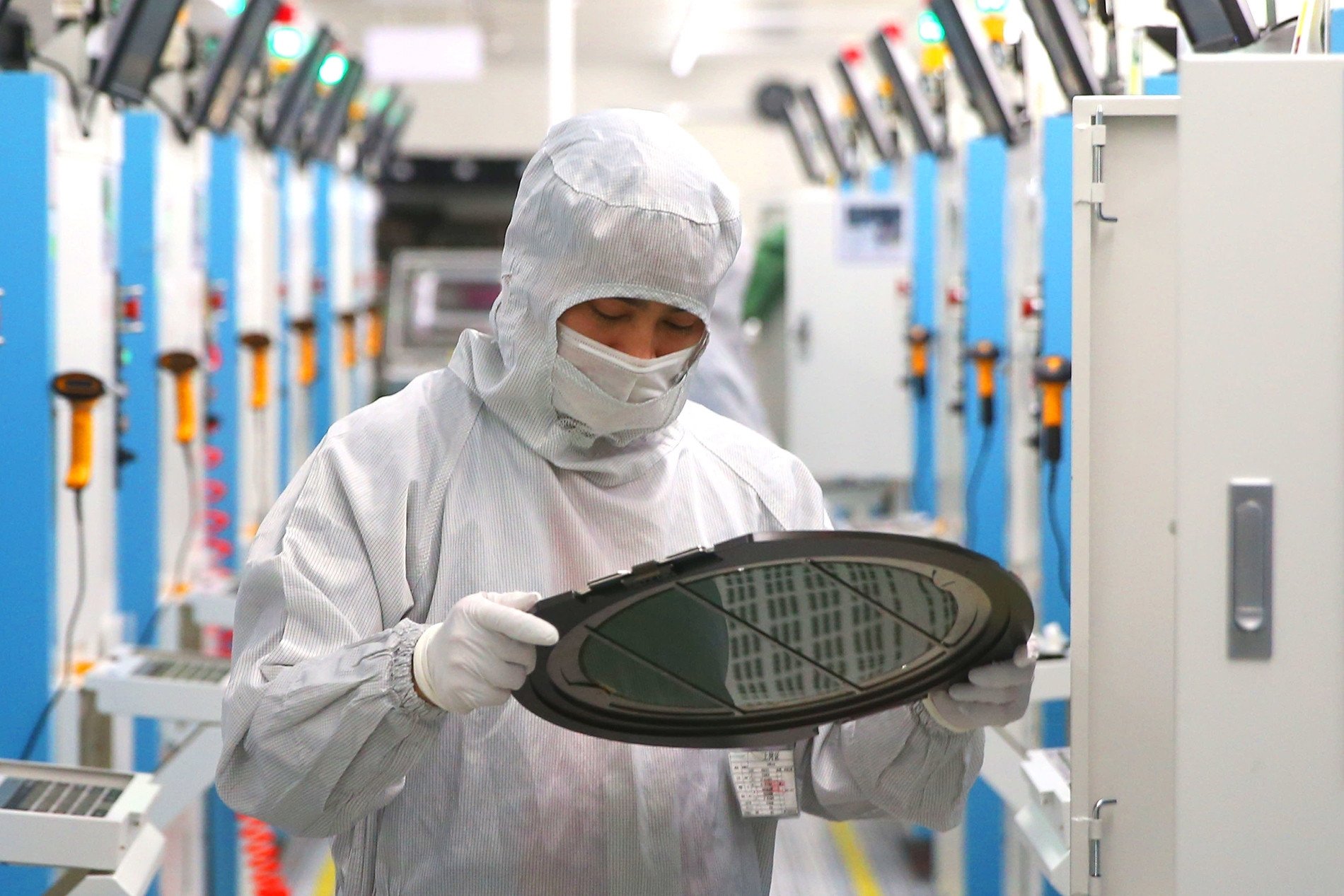
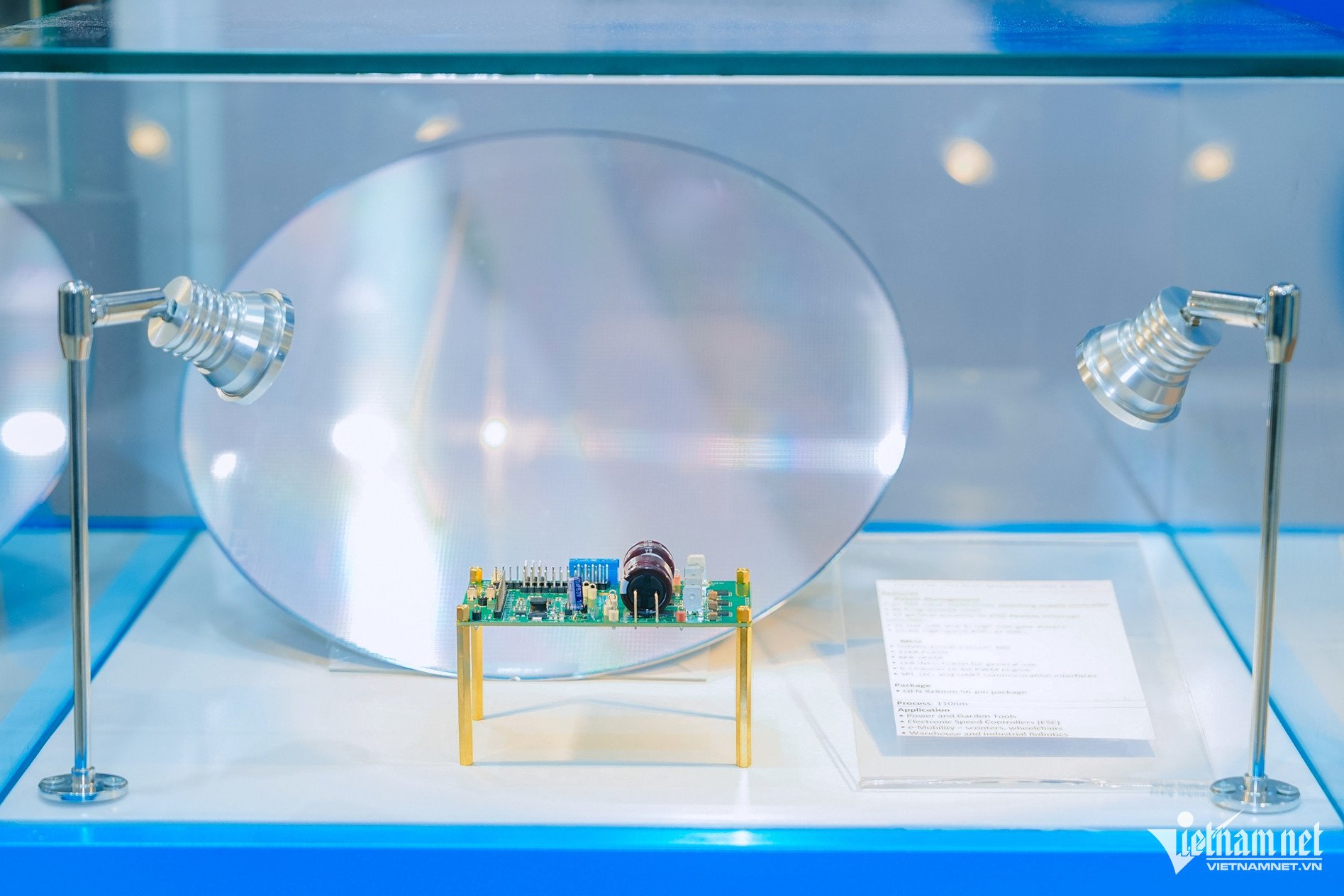
![[Photo] The road connecting Dong Nai with Ho Chi Minh City is still unfinished after 5 years of construction.](https://vphoto.vietnam.vn/thumb/1200x675/vietnam/resource/IMAGE/2025/11/04/1762241675985_ndo_br_dji-20251104104418-0635-d-resize-1295-jpg.webp)
![[Photo] Ca Mau "struggling" to cope with the highest tide of the year, forecast to exceed alert level 3](https://vphoto.vietnam.vn/thumb/1200x675/vietnam/resource/IMAGE/2025/11/04/1762235371445_ndo_br_trieu-cuong-2-6486-jpg.webp)
![[Photo] Ho Chi Minh City Youth Take Action for a Cleaner Environment](https://vphoto.vietnam.vn/thumb/1200x675/vietnam/resource/IMAGE/2025/11/04/1762233574890_550816358-1108586934787014-6430522970717297480-n-1-jpg.webp)

![[Photo] Panorama of the Patriotic Emulation Congress of Nhan Dan Newspaper for the period 2025-2030](https://vphoto.vietnam.vn/thumb/1200x675/vietnam/resource/IMAGE/2025/11/04/1762252775462_ndo_br_dhthiduayeuncbaond-6125-jpg.webp)



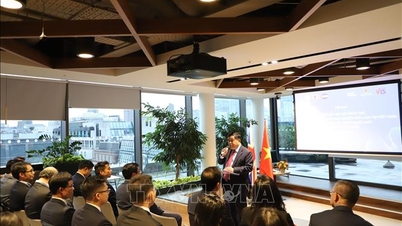

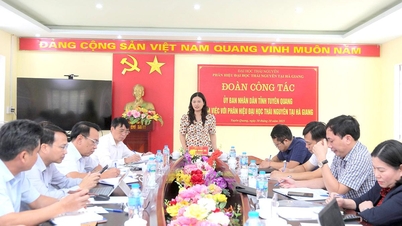





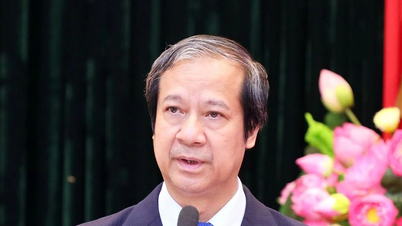




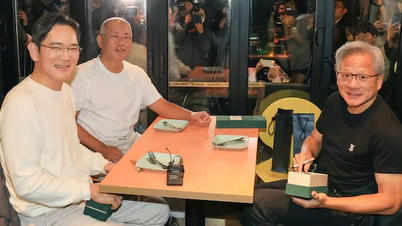
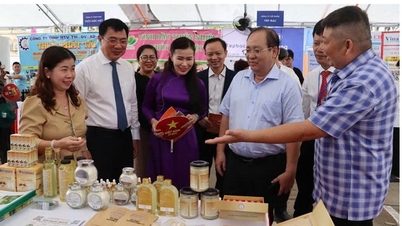












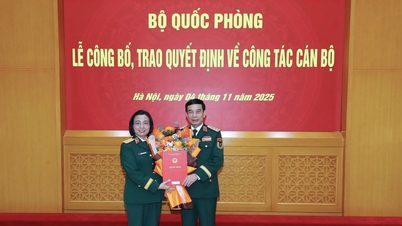








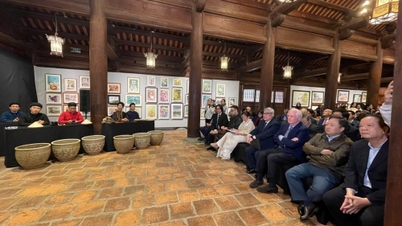













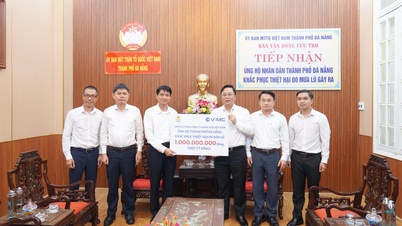


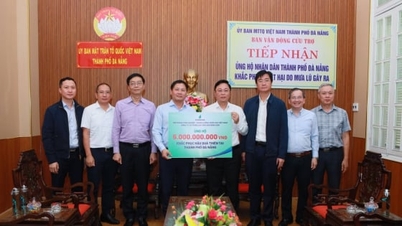












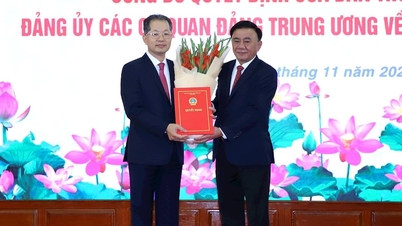

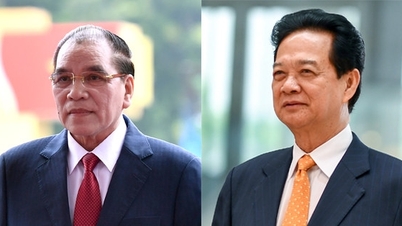





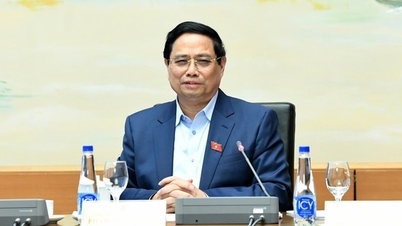
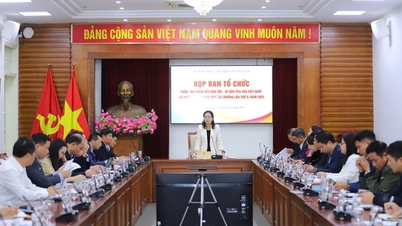









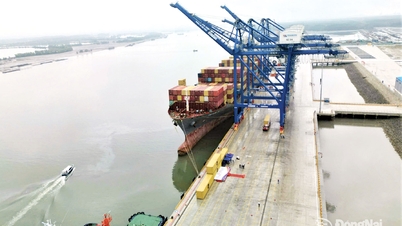















Comment (0)